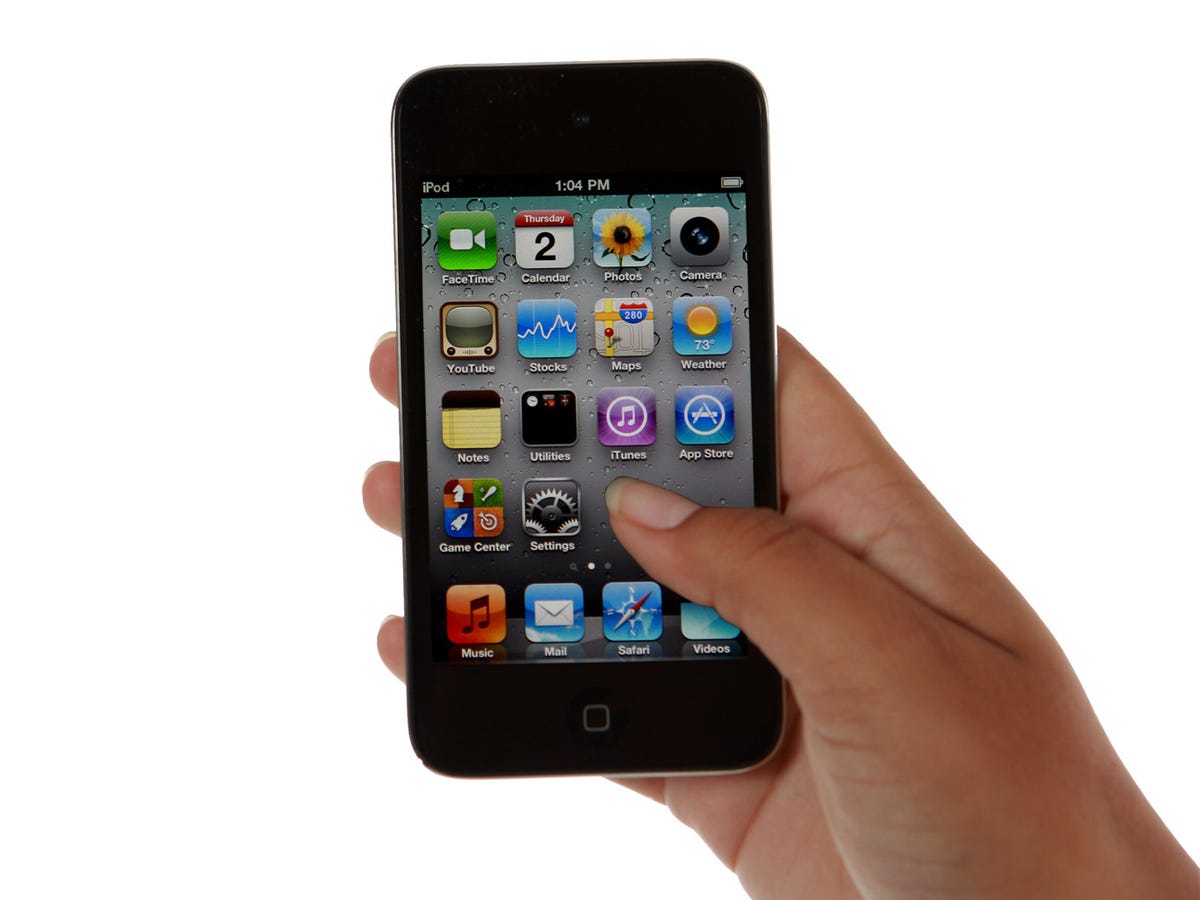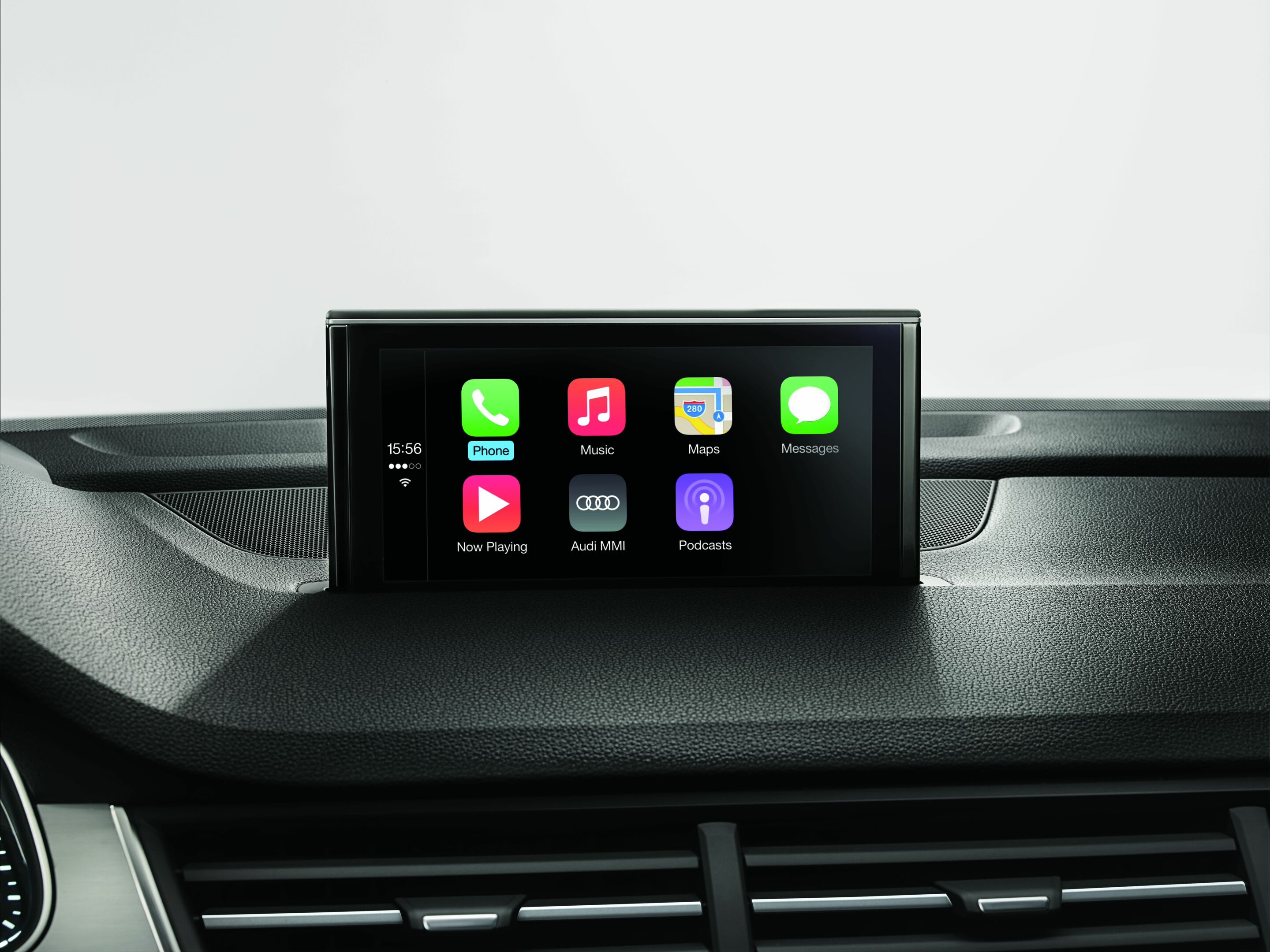“`html
The Evolution and Future of smartphone Interfaces
body {
font-family: sans-serif;
line-height: 1.6;
margin: 20px;
}
h2, h3 {
margin-top: 2em;
}
The Evolution and Future of Smartphone Interfaces
Smartphones have become an indispensable part of modern life, acting as our primary communication tools, entertainment hubs, and productivity devices. At the heart of this ubiquitous technology lies the smartphone interface, a constantly evolving landscape shaped by user needs, technological advancements, and design innovations. This article delves into the history, current state, and future trends of smartphone interfaces, exploring the key factors that have driven its transformation.
The Dawn of the Smartphone Interface: From Buttons to Touch

Early mobile phones were dominated by physical keypads and rudimentary monochrome displays. The shift towards smartphones began with devices like the IBM Simon and the Nokia Communicator, which introduced larger screens and more complex operating systems. However, it was the advent of the capacitive touchscreen that truly revolutionized the smartphone interface. The iPhone, launched in 2007, and subsequent Android devices popularized the intuitive touch-based interaction that we are familiar with today.
Key Developments in Early Smartphone Interfaces:
The Rise of App-Centric Interfaces
The introduction of app stores like Apple’s App Store and Google Play fundamentally changed how users interacted with their smartphones. Apps became the primary drivers of functionality, leading to the development of app-centric interfaces. Home screens became grids of app icons, and navigation relied heavily on launching and switching between applications. This era saw the rise of skeuomorphism, where interface elements mimicked real-world objects to make them more intuitive. However, as users became more familiar with digital interfaces, skeuomorphism gradually gave way to flat design, which emphasized simplicity and clarity.
Factors Driving App-Centric Interface Design:
The Era of Gestures and Natural User Interfaces
As smartphones became more powerful, interfaces evolved to leverage advanced hardware capabilities. Gesture-based navigation, first popularized by webOS and later adopted by iOS and Android, allowed users to perform complex actions with simple swipes and taps. This shift towards natural user interfaces (NUIs) aimed to make interactions more intuitive and seamless, reducing the cognitive load on users. Voice assistants like Siri, Google Assistant, and Alexa further enhanced NUIs, enabling hands-free control and information retrieval.
Key Innovations in Gesture and NUI Design:
Personalization and Customization: Tailoring the User Experience
Modern smartphone interfaces emphasize personalization and customization, allowing users to tailor their devices to their individual preferences and needs. From customizable home screens and widgets to adaptive themes and notification management, users have more control over their smartphone experience than ever before. AI-powered features like predictive text and personalized recommendations further enhance the personalization aspect, making smartphones more responsive and intuitive.
Methods of Personalization in Modern Interfaces:
The Influence of Material Design and Fluent Design

Design languages like Google’s Material Design and Microsoft’s Fluent Design have played a significant role in shaping the look and feel of modern smartphone interfaces. Material Design, with its emphasis on depth, motion, and consistency, has become the standard for Android and many web applications. Fluent Design, on the other hand, focuses on creating immersive and adaptive experiences across different devices and platforms. These design languages provide guidelines and components that help developers create visually appealing and user-friendly interfaces.
Key Principles of Modern Design Languages:
The Challenge of Foldable and Dual-Screen Devices
The emergence of foldable and dual-screen smartphones presents new challenges and opportunities for interface design. These devices require interfaces that can seamlessly adapt to different screen sizes and configurations, providing a consistent and intuitive user experience. Developers are experimenting with various approaches, such as multi-window support, app continuity, and flexible layouts, to optimize interfaces for these innovative form factors.
Adaptations for Foldable and Dual-Screen Interfaces:
The Future of Smartphone Interfaces: Beyond the Screen
Looking ahead, the future of smartphone interfaces is likely to extend beyond the traditional screen. Augmented reality (AR) and virtual reality (VR) technologies are poised to transform how we interact with our devices, creating immersive and interactive experiences. Brain-computer interfaces (BCIs) and haptic feedback may also play a more significant role, enabling more intuitive and natural interactions. The integration of artificial intelligence (AI) and machine learning (ML) will further enhance personalization and automation, making smartphones more proactive and context-aware.
Potential Future Trends in Smartphone Interfaces:
The Importance of Accessibility and Inclusivity
As smartphone interfaces become more complex, it is crucial to ensure that they are accessible and inclusive to all users, including those with disabilities. Accessibility features like screen readers, voice control, and customizable font sizes are essential for making smartphones usable by everyone. Design for inclusivity means considering the diverse needs and abilities of users throughout the design process, ensuring that interfaces are intuitive and accessible to all.
Key Considerations for Accessible Interface Design:
Conclusion: A Continual Evolution
The smartphone interface has undergone a remarkable transformation since its inception, evolving from simple button-based interactions to complex touch-based and gesture-driven experiences. As technology continues to advance, we can expect further innovations that will shape the future of smartphone interfaces. The focus on personalization, natural user interfaces, and accessibility will remain crucial, ensuring that smartphones continue to be powerful and intuitive tools for everyone.
“`



